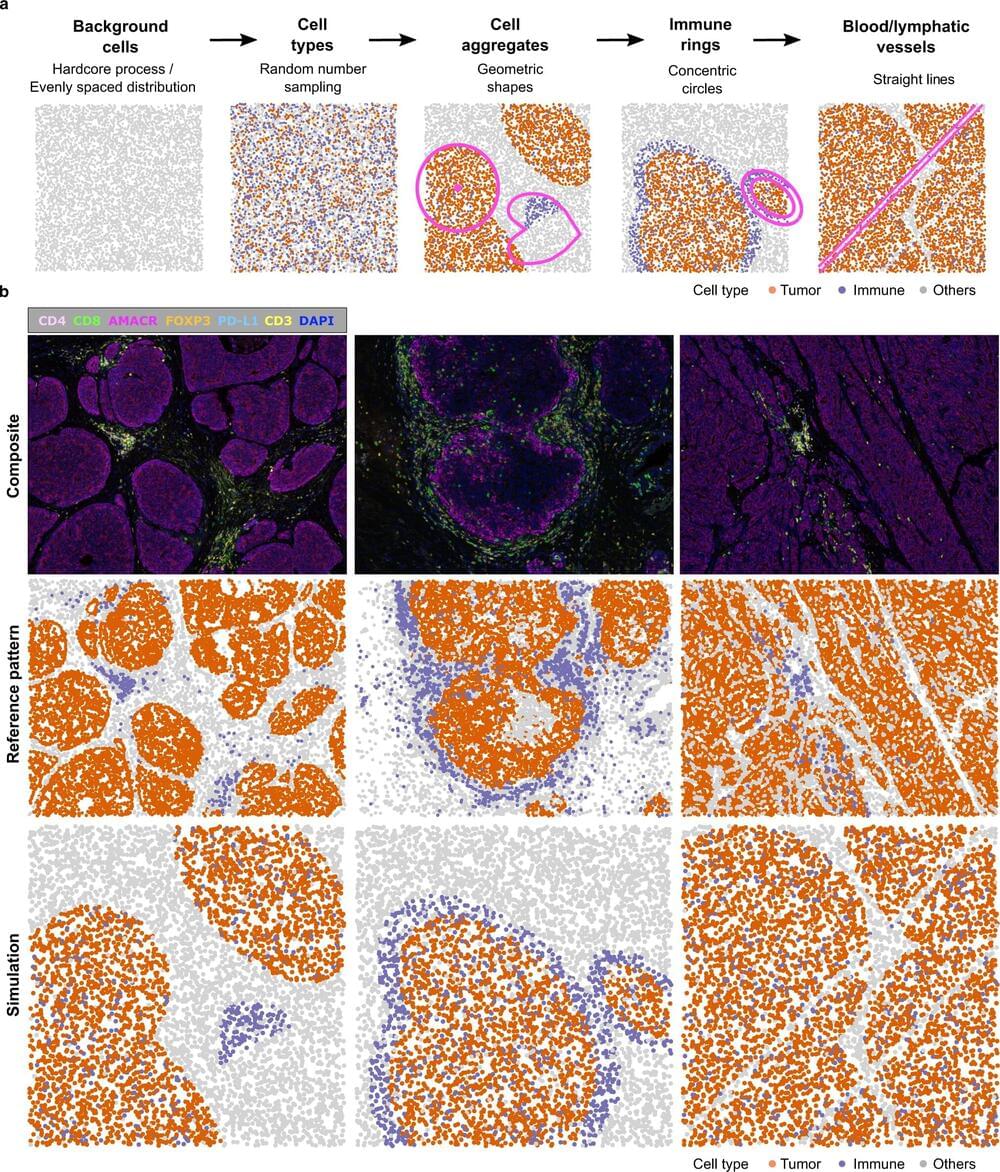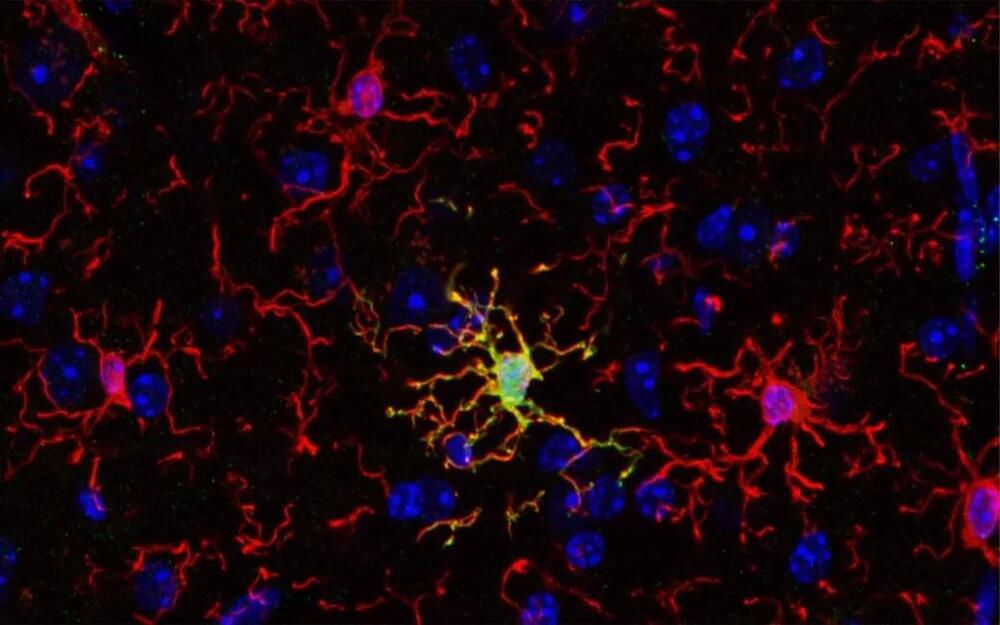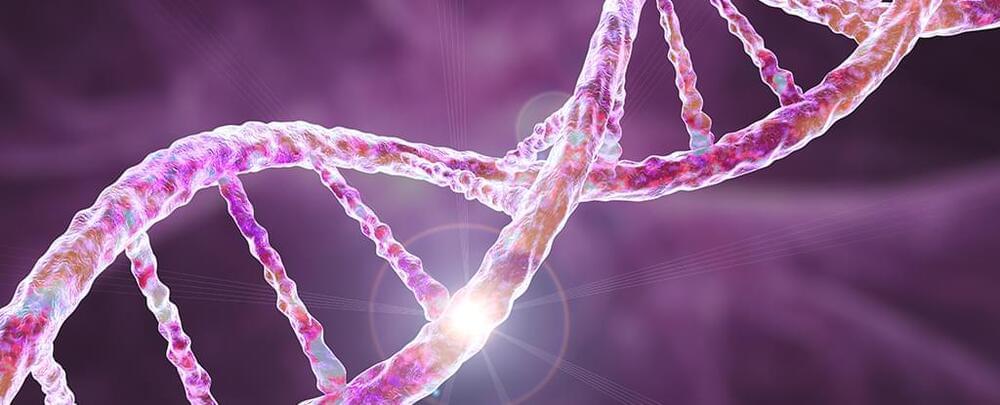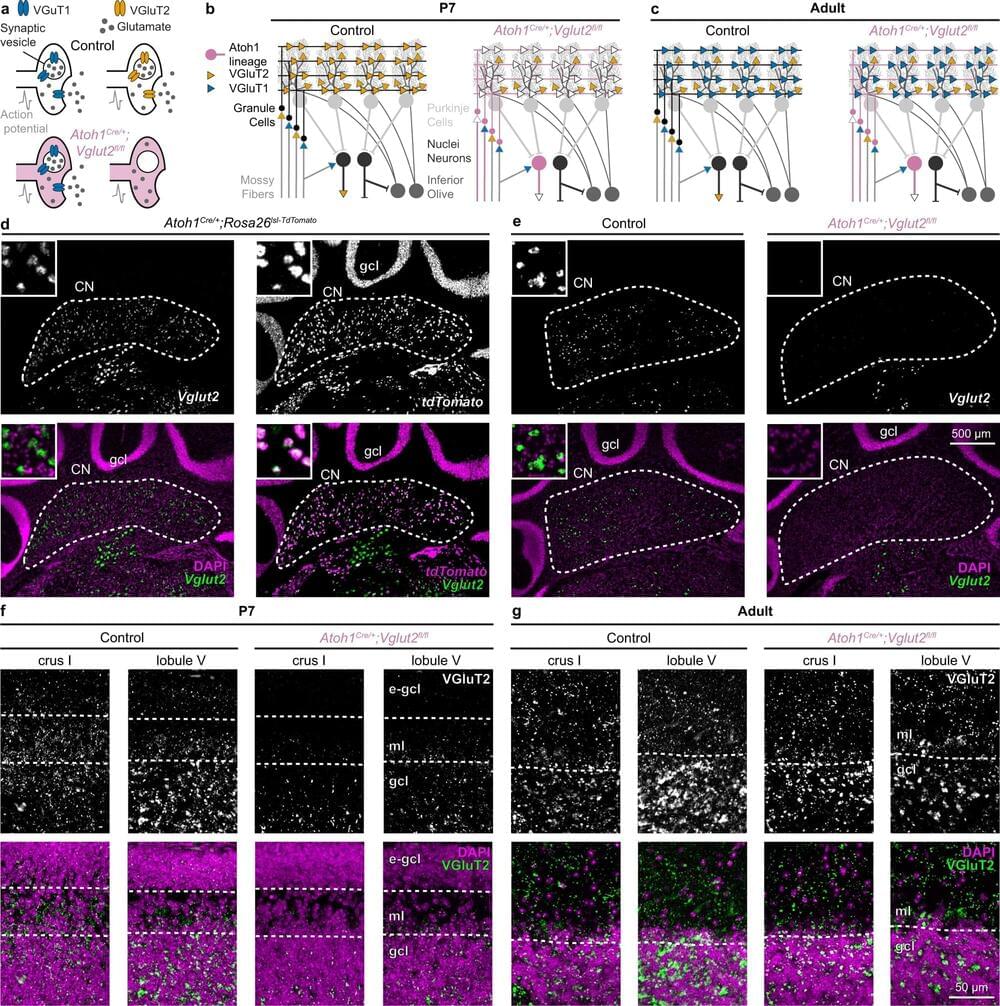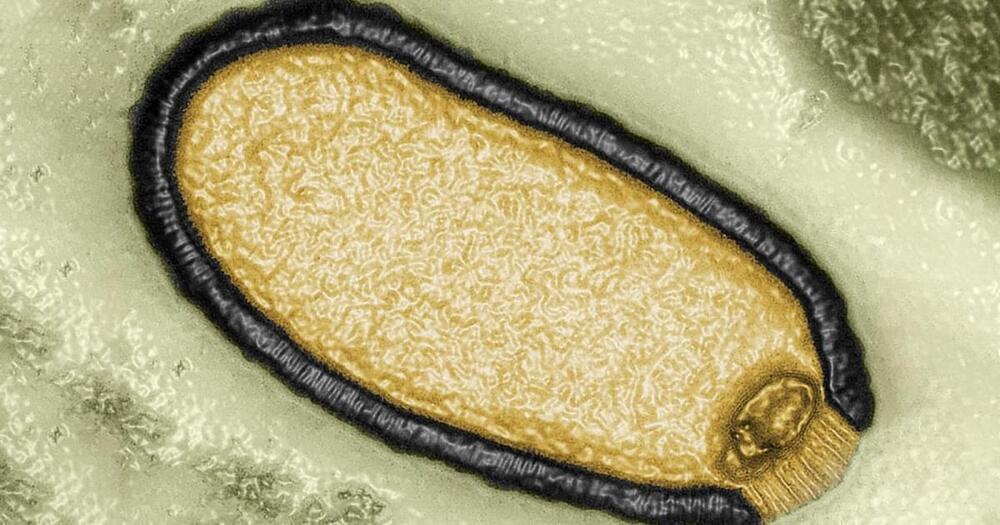We’re currently working with companies that develop software and tools that make surgery smarter and safer while they empower surgeons and providers to improve patient outcomes, enhance operational efficiency and increase profitability with data-driven surgery using AI, automation and operating room analytics. This is where analytic components such as data lakes and warehouses are already making a difference in healthcare. We’ve seen them capable of powering millions of facts and patient records at a time. Tied to expertise, these tools allow data-informed decisions for measurable improvements in clinical, financial and operational aspects.
For instance, we’ve helped design and develop surgical applications to improve operating room efficiency, tele-surgery, data lake construction and surgical analytics. Clients come back with feedback on our skills and technical experience, feeling supported by the flexibility and technical boost we give their teams.
Collaboration between technology outsourcing companies and healthcare providers can result in considerable optimization, including improved patient care and maximized processes. Tech providers can strive for the perfect collaborative balance with the above key conversations while boosting robust ecosystems, shared platforms and data.

